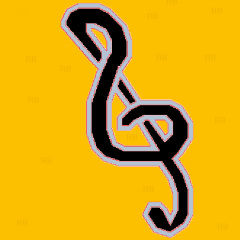-
Recently Browsing 0 members
- No registered users viewing this page.
-
Similar Content
-
- 5 replies
- 1,368 views
-
How to use Image Search ( ImageSearchDLL.dll ) with VB.Net
By Gowrisankar,
- image
- recognition
- (and 3 more)
- 2 replies
- 3,263 views
-
- 6 replies
- 3,217 views
-
- 3 replies
- 2,710 views
-
- 20 replies
- 21,563 views
-






Recommended Posts
Create an account or sign in to comment
You need to be a member in order to leave a comment
Create an account
Sign up for a new account in our community. It's easy!
Register a new accountSign in
Already have an account? Sign in here.
Sign In Now